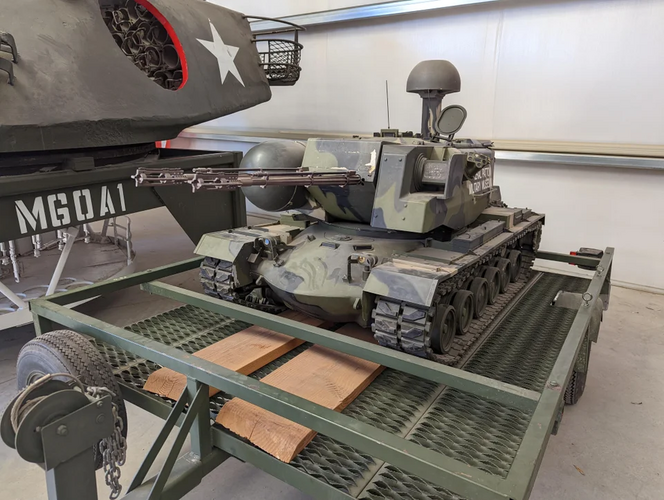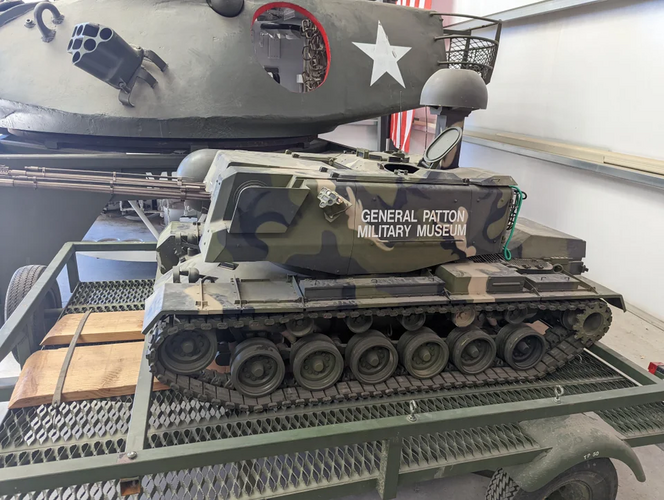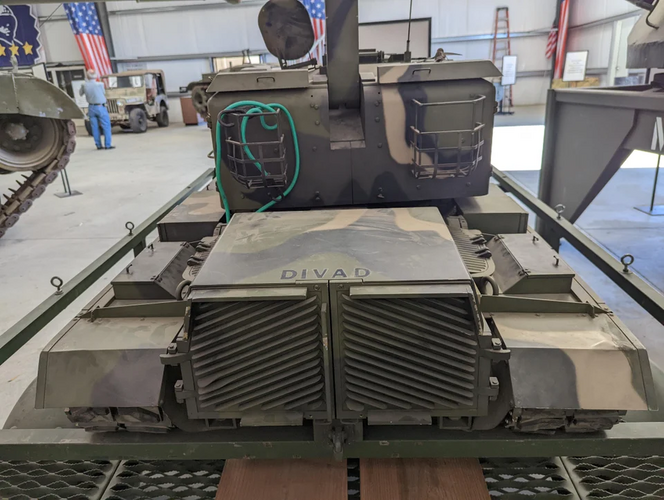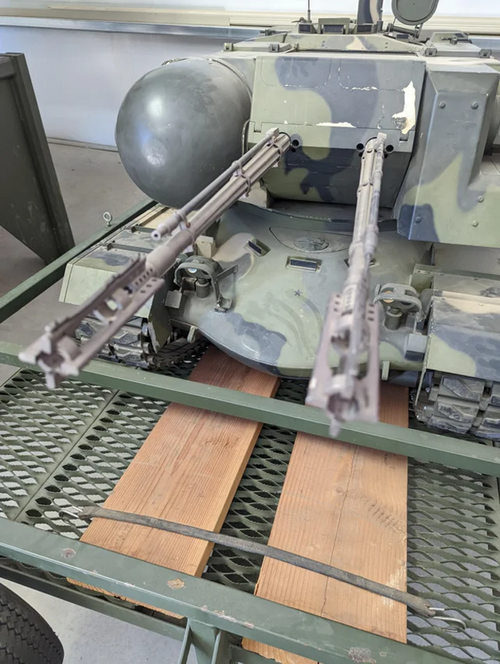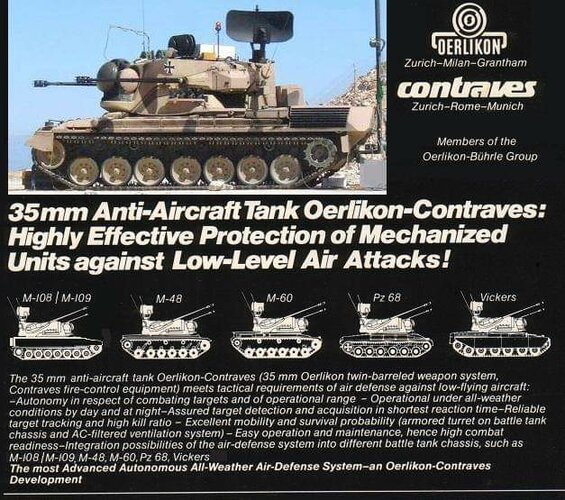The most sensible, effective and cost efficient solution was the Gepard turret (including sensors and 35mm guns) on the M1 chassis - period.
Regards
Pioneer
Raytheon actually did propose using the Gepard turret mounted on the hull of the M48 Patton for the DIVAD contest. Unfortunately, Raytheon's proposal was rejected for unknown reasons in favor of the General Dynamics XM246 and Ford Aerospace XM247. There are no known actual photographs of Raytheon's DIVAD proposal to combine the M48 Patton hull with the Gepard turret.
Since the M48 Patton shares the same turret ring diameter of 85-inches / 215.9-centimeteres as the M60 MBT and M1 Abrams, perhaps it would be technically feasible to fit the Gepard turret onto an M60 or M1 hull.


